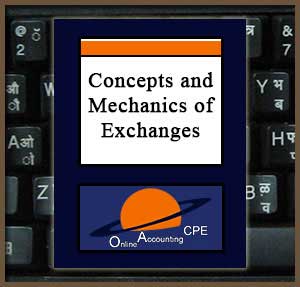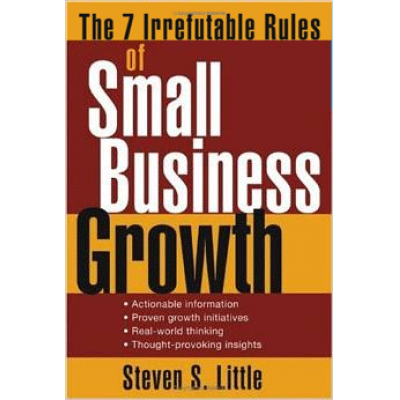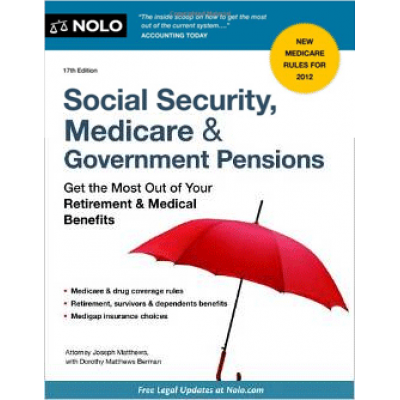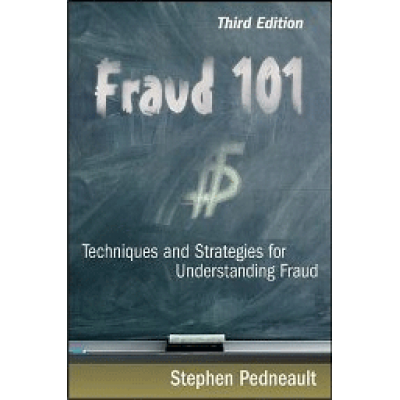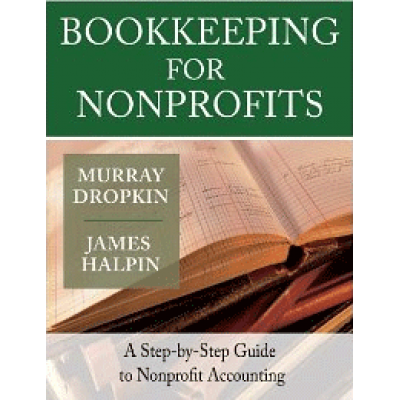Concepts and Mechanics of Exchanges 2020 - 16 CPE Credit Hours
While tax reform visions have changed the tax on profits realized from the disposition of real estate, investors still seek escape hatches from the capital gain tax. Tax-deferred exchanges permit the disposition of property often with the taxpayer receiving significant cash but without the payment of any tax. Functionally, an exchange is a bridge over the normally taxable event of moving from one property to another. This course alerts the practitioner to the different planning opportunities that surround exchanging. Participants will be able to identify, analyze, and handle effectively the complex tax problems that arise under 1031. This understanding will be directly applied to the structuring and audit survival of multi-party and delayed exchanges.
Completion Deadline & Exam: This course, including the examination, must be completed within one year of the date of purchase. In addition, unless otherwise indicated, no correct or incorrect feedback for any exam question will be provided.
Course Level: Overview. This program is appropriate for professionals at all organizational levels.
Field of Study: Taxes
Prerequisite: General understanding of federal income taxation.
Advanced Preparation: None
Learning Assignments & Objectives
As a result of studying each assignment, you should be able to meet the objectives listed below each assignment.
ASSIGNMENT SUBJECT
Chapter 1 Introduction - §1031
At the start of Chapter 1, participants should identify the following topics for study:
* TCJA, ERTA & TEFRA
* Tax Reform Act of 1986
* Reform Act of 1997, Budget Act of 1998 & 2003 Bush Tax Act
* Tax Reform of 1986 & Revenue Act of 1987
* Disposition of Installment Note
* Stepped-Up Basis on Death
* Related Parties
* Security Issues
* Exchange Benefits
Learning Objectives
After reading Chapter 1, participants will be able to:
1. Identify factors that determine the popularity of exchanging, specify tax law changes influencing exchange popularity and the impact of current capital gains rates, recognize the capital gain rate "baskets" and determine the tax treatment of assets in each category.
2. Recognize the differences between exchanges and installment sales and the cost benefits of each, identify several advantages given to exchanging by recent legislation and specify continuing problems that can arise with an installment sale that can act as an impetus for using an exchange.
3. Specify multiple tax benefits of exchanges and the advantages they create over installment sales and determine issues that can be resolved or facilitated by using a like-kind exchange.
After studying the materials in Chapter 1, answer the exam questions 1 to 8.
ASSIGNMENT SUBJECT
Chapter 2 Section 1031 & Its Function
At the start of Chapter 2, participants should identify the following topics for study:
* Code language
* Section 1031 as an exception to the general rule of taxation
* Concept of tax deferral
* Rationale
* Continuity of investment
* Administrative convenience
* IRS position
* Mandatory application
Learning Objectives
After reading Chapter 2, participants will be able to:
1. Determine the conceptual changes made to §1031 by the TRA ’84, TRA ’86, the Revenue Act of 1987, and the RRA ’90 and specify the current provisions of §1031 by:
a. Identifying the differences in §1031 from the general rule of taxation under §1001;
b. Recalling its legislative evolution; and
c. Recognizing the original Congressional rationale of §1031 contained in the concepts of continuity of investment and administrative convenience.
2. Specify instances where the IRS may assert an unintended mandatory application of §1031.
After studying the materials in Chapter 2, answer the exam questions 9 to 13.
ASSIGNMENT SUBJECT
Chapter 3 Statutory Requirements & Definitions
At the start of Chapter 3, participants should identify the following topics for study:
* Qualified transaction – exchange v. sales
* Held for productive use or investment
* Change in property’s character
* State of mind concept
* Same taxpayer requirement
* Former statutory exclusions from §1031
* Real property restriction
* Like-kind property
* Former like-kind requirement for personal property
* Multiple asset exchanges
* Real v. personal property
Learning Objectives
After reading Chapter 3, participants will be able to:
1. Specify the elements §1031 and how these elements conceptually differentiate a like-kind exchange from a sale.
2. Identify excluded property types from qualified property types by determining the meaning of the phrases “held for productive use in a trade or business,” “productive use,” and “investment purpose” specifying the impact of time and taxpayer intent.
3. Recognize the state of mind issues in the concept “held for productive use in trade or business or for investment” and how qualifying use can ease qualification, determine the differences between §1031 and old §1034, and cite the same taxpayer requirement and its unsettled caselaw.
4. Specify the former statutory exclusions from §1031 and the types of property that were specifically excepted.
5. Identify the like-kind requirement as it impacts real estate and personal property, and recognize the former classification systems that permitted clients to exchange like-kind or like-class personal property.
After studying the materials in Chapter 3, answer the exam questions 14 to 27.
ASSIGNMENT SUBJECT
Chapter 4 The Concept of “Boot”
At the start of Chapter 4, participants should identify the following topics for study:
* Partial tax-deferral
* Examples of boot
* Realized gain
* Recognized gain
* Limitation on recognition of gain under §1031
* The definition of “boot”
Learning Objectives
After reading Chapter 4, participants will be able to:
1. Identify “boot” and like-kind property specifying boot's potential impact on nonrecognition and list several examples of boot.
2. Determine taxable "boot," specify the differences between realized gain and recognized gain recalling the limitation on recognition of gain under §1031 that prevents a taxpayer from being taxed greater than if he had sold the property, and recognize taxable “boot’s” net effect.
After studying the materials in Chapter 4, answer the exam questions 28 to 31.
ASSIGNMENT SUBJECT
Chapter 5 The Rules of “Boot”
At the start of Chapter 5, participants should identify the following topics for study:
* Property boot
* Mortgage boot
* Debt relief
* Liability or notes created during the exchange
* Netting boot – the rules of offset
* Property boot given offsets any boot received
* Mortgage boot given offsets mortgage boot received
* Mortgage boot given does not offset property boot received
* R.R. 72-456 & commissions
* Net taxability of gain
Learning Objectives
After reading Chapter 5, participants will be able to:
1. Determine mortgage boot and property boot identifying whether a taxpayer has given or received boot in an exchange and the related tax consequences.
2. Identify the popular and alternate offset rules used to determine net boot, specify techniques to limit net taxable boot such as adjusting mortgages before an exchange and treating closing costs according to R.R. 72-456, and recognize the taxability of gain rule to reflect netting.
After studying the materials in Chapter 5, answer the exam questions 32 to 36.
ASSIGNMENT SUBJECT
Chapter 6 Losses
At the start of Chapter 6, participants should identify the following topics for study:
* Losses on like-kind property
* Losses on non-like-kind property
Learning Objectives
After reading Chapter 6, participants will be able to:
1. Identify the categories of property received in an exchange and which category is permitted to recognize loss, recognize how avoiding §1031 can allow clients to potentially increase recognizable losses, and determine the tax treatment of non-recognized losses under §1031.
After studying the materials in Chapter 6, answer the exam questions 37 to 38
ASSIGNMENT SUBJECT
Chapter 7 Basis on Tax-Deferred Exchange
At the start of Chapter 7, participants should identify the following topics for study:
* Adjustments to basis
* Allocation of basis
* Anti-churning rules
Learning Objectives
After reading Chapter 7, participants will be able to:
1. Identify the general carryover basis rule to calculate a taxpayer’s basis in acquired property by determining its application and specifying the related allocation of basis to multiple properties and boot in an exchange.
After studying the materials in Chapter 7, answer the exam questions 39 to 41.
ASSIGNMENT SUBJECT
Chapter 8 Depreciation, Cost Recovery, MACRS & Recapture
At the start of Chapter 8, participants should identify the following topics for study:
* ERTA
* TRA ’86 & OBRA ‘93
* IRS depreciation guidance
* Land v. improvements
* Section 1245 & Section 1250
* Recapture property
* Recapture exceptions prior to ERTA
* Issues after ERTA
* Allocation of basis when recapture applies
* Investment credit recapture
Learning Objectives
After reading Chapter 8, participants will be able to:
1. Identify property depreciation under §167 particularly as it applies to property used in a taxpayer’s trade or business or held for the production of income and the impact of ERTA, TRA ’86, OBRA ’93, and TCJA determine the changes made by Notice 2000-4, and cite the depreciation requirements of later regulations affecting recovery periods and depreciation methods.
2. Recognize the distinction between land and depreciable improvements, identify the recapture provisions and their impact on the rate to be applied to all or a portion of the gain that would otherwise be recognized.
After studying the materials in Chapter 8, answer the exam questions 42 to 46.
ASSIGNMENT SUBJECT
Chapter 9 Miscellaneous Aspects
At the start of Chapter 9, participants should identify the following topics for study:
* Holding period
* Treatment of gain or loss
* Treatment of installment sales prior to 1980
* Treatment of installment sales after 1980
* Exchanges between related parties
* Two-year limitation
* Sections 267, 707, 453 and 1239
* Leverage
* Splitting partners
* Reporting an exchange
Learning Objectives
After reading Chapter 9, participants will be able to:
1. Specify the holding period of acquired property, identify the character of gain or loss recognized in an exchange, recall the evolution of the installment sale method and the current rules related to exchanges and determine the formula for gain recognized using gross profit, selling price and total contract price under §453.
2. Recognize the danger of exchanges between related parties by:
a. Specifying the two-year limitation on such exchanges by;
i. De


